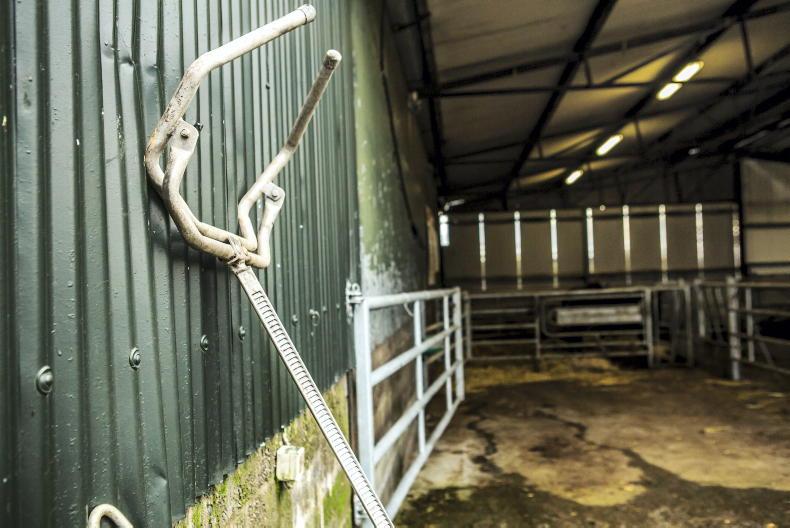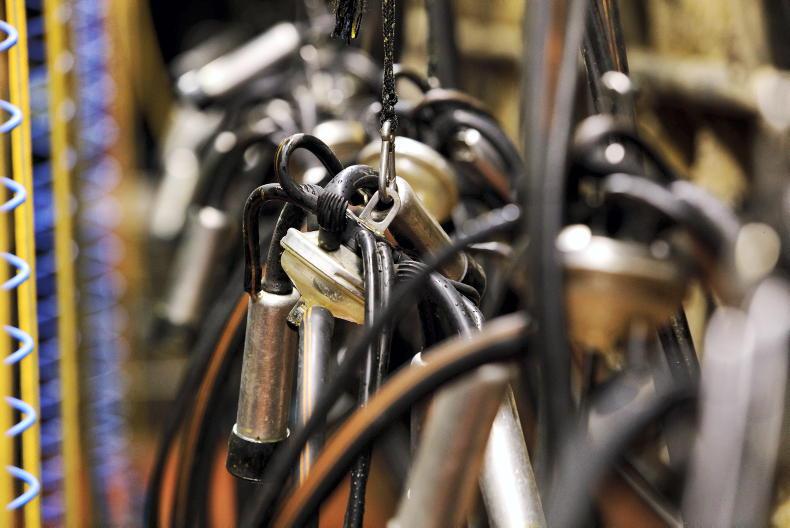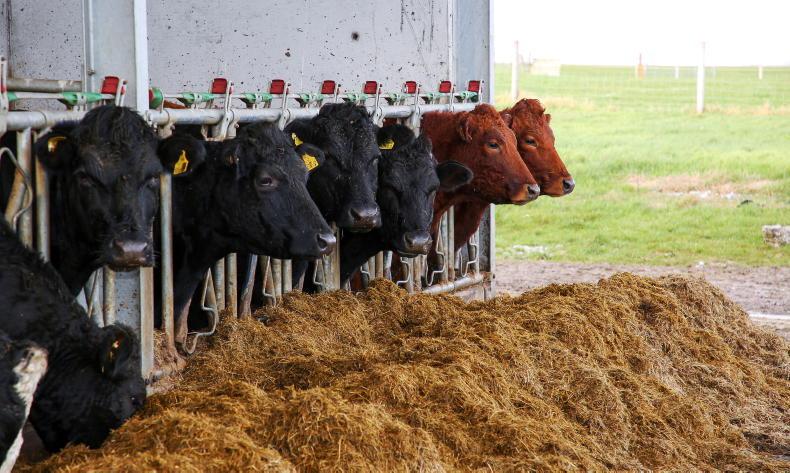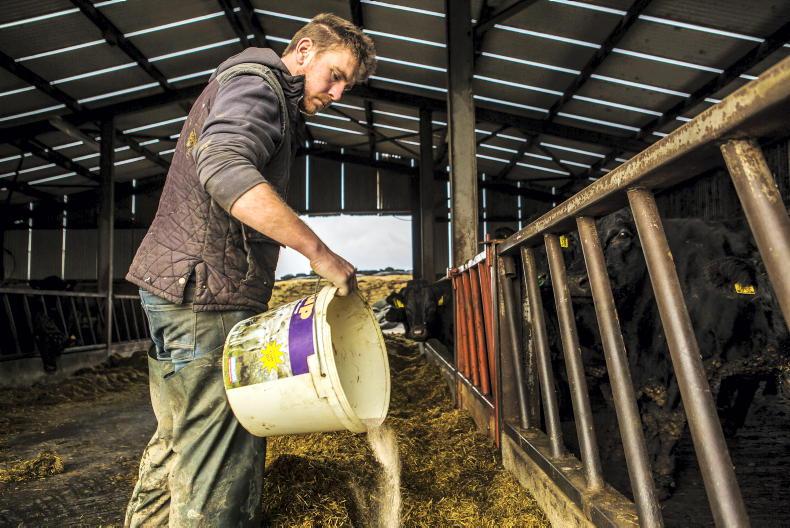Spring calving is just a few weeks away, so use the time over the next month to start making preparations. Outlined are five things to tick off the to-do list before calving starts.
Feeding pre-calving minerals
Offer pre-calving minerals from six to eight weeks before the first calf is due. Silage is low in trace elements and minerals, hence the need to supplement diets in the run-up to calving.
A good pre-calving mineral will improve calf vigour, helping newborn animals stand and suck their dam. Minerals will also reduce problems, such as cows holding the placenta after calving.
Scour vaccines
On farms with a history of scour problems, vaccinating against the problem may be beneficial. However, a scour vaccine is not a substitute for poor hygiene in calving sheds.
However, under the right management, it will help reduce the number of calves affected. Vaccines must be given well in advance of calving to give time for an immune response to develop.
These antibodies are then passed on to calves via colostrum. This means if you vaccinate calves, you need to make sure they get plenty of colostrum in the first six hours of life.
Stock up on calving aids
Every farmer will have a cow that calves early. These animals can easily catch unprepared farmers out.
Take the time over the next few weeks to stock up on calving aids, such as gloves, lubricant, iodine, disinfectant, colostrum alternatives and stomach tubes.
Locate the calving jack and ropes and store them in the calving shed. If a cow calves early, these items will be easily located.
If calving ropes are hard and frayed, discard and replace with a new set. The same goes with a stomach tube. If the tube is scuffed, replace it, as rough edges on the tubing will irritate the calf’s throat.
Calving pens at the ready
Make sure calving pens are washed out and disinfected, especially if they have been used as a sick bay this winter.
Make sure calving gates are working properly and make alterations as necessary. Lighting is also important, so replace bulbs or install new lights if required.
Water provision is also overlooked in calving pens. Cows can drink 40 to 60 litres after calving. Installing a self-filling bowl is a good idea, rather than offering buckets of water that usually end up spilled.
Feeding cows at night
Cows that calve during the day normally get greater attention compared with those calving overnight.
Feeding fresh silage in late evening can reduce the number of cows calving during the early hours of the morning.
Uneaten silage can then be pushed in to animals the following morning. But no further silage should be offered until evening time again.
Having cows in a fasted state when fresh silage is offered again means cows are more likely to stand and feed. This helps to postpone the onset of labour late at night.
Read more
Five steps to managing the silage clamp
Nine key measures for beef sector to cut emissions in Food Vision report
Spring calving is just a few weeks away, so use the time over the next month to start making preparations. Outlined are five things to tick off the to-do list before calving starts.
Feeding pre-calving minerals
Offer pre-calving minerals from six to eight weeks before the first calf is due. Silage is low in trace elements and minerals, hence the need to supplement diets in the run-up to calving.
A good pre-calving mineral will improve calf vigour, helping newborn animals stand and suck their dam. Minerals will also reduce problems, such as cows holding the placenta after calving.
Scour vaccines
On farms with a history of scour problems, vaccinating against the problem may be beneficial. However, a scour vaccine is not a substitute for poor hygiene in calving sheds.
However, under the right management, it will help reduce the number of calves affected. Vaccines must be given well in advance of calving to give time for an immune response to develop.
These antibodies are then passed on to calves via colostrum. This means if you vaccinate calves, you need to make sure they get plenty of colostrum in the first six hours of life.
Stock up on calving aids
Every farmer will have a cow that calves early. These animals can easily catch unprepared farmers out.
Take the time over the next few weeks to stock up on calving aids, such as gloves, lubricant, iodine, disinfectant, colostrum alternatives and stomach tubes.
Locate the calving jack and ropes and store them in the calving shed. If a cow calves early, these items will be easily located.
If calving ropes are hard and frayed, discard and replace with a new set. The same goes with a stomach tube. If the tube is scuffed, replace it, as rough edges on the tubing will irritate the calf’s throat.
Calving pens at the ready
Make sure calving pens are washed out and disinfected, especially if they have been used as a sick bay this winter.
Make sure calving gates are working properly and make alterations as necessary. Lighting is also important, so replace bulbs or install new lights if required.
Water provision is also overlooked in calving pens. Cows can drink 40 to 60 litres after calving. Installing a self-filling bowl is a good idea, rather than offering buckets of water that usually end up spilled.
Feeding cows at night
Cows that calve during the day normally get greater attention compared with those calving overnight.
Feeding fresh silage in late evening can reduce the number of cows calving during the early hours of the morning.
Uneaten silage can then be pushed in to animals the following morning. But no further silage should be offered until evening time again.
Having cows in a fasted state when fresh silage is offered again means cows are more likely to stand and feed. This helps to postpone the onset of labour late at night.
Read more
Five steps to managing the silage clamp
Nine key measures for beef sector to cut emissions in Food Vision report










SHARING OPTIONS